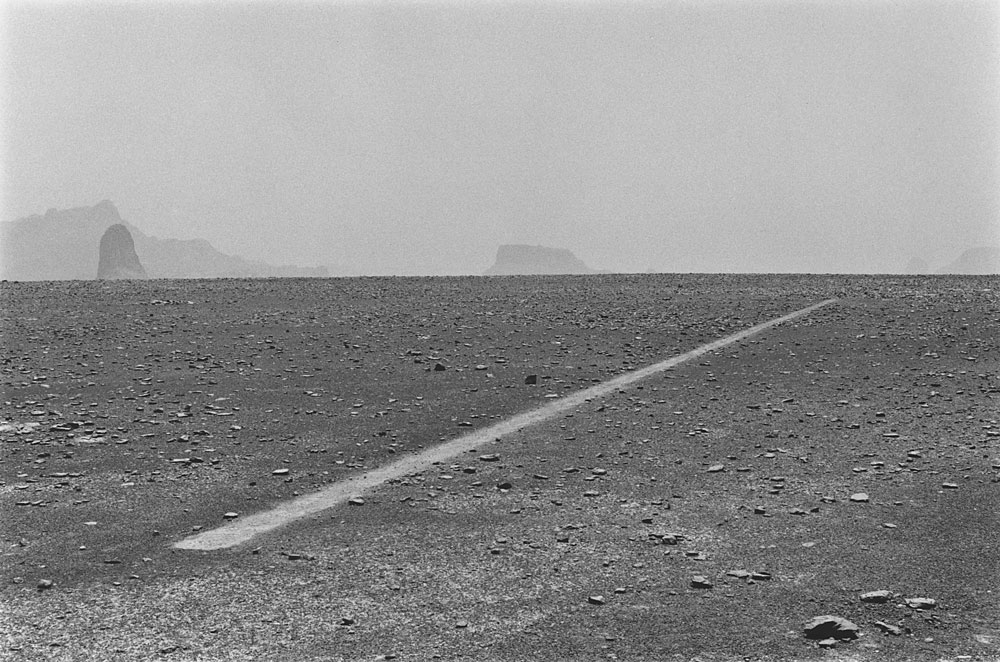On his wise shoulders through the checkerwork of leaves the sun flung spangles, dancing coins

Two theoretical frameworks have been proposed to account for the representation of truth and falsity in human memory: the Cartesian model and the Spinozan model. Both models presume that during information processing a mental representation of the information is stored along with a tag indicating its truth value. However, the two models disagree on the nature of these tags. According to the Cartesian model, true information receives a “true” tag and false information receives a “false” tag. In contrast, the Spinozan model claims that only false information receives a “false” tag, whereas untagged information is automatically accepted as true. […]
The results of both experiments clearly contradict the Spinozan model but can be explained in terms of the Cartesian model.


